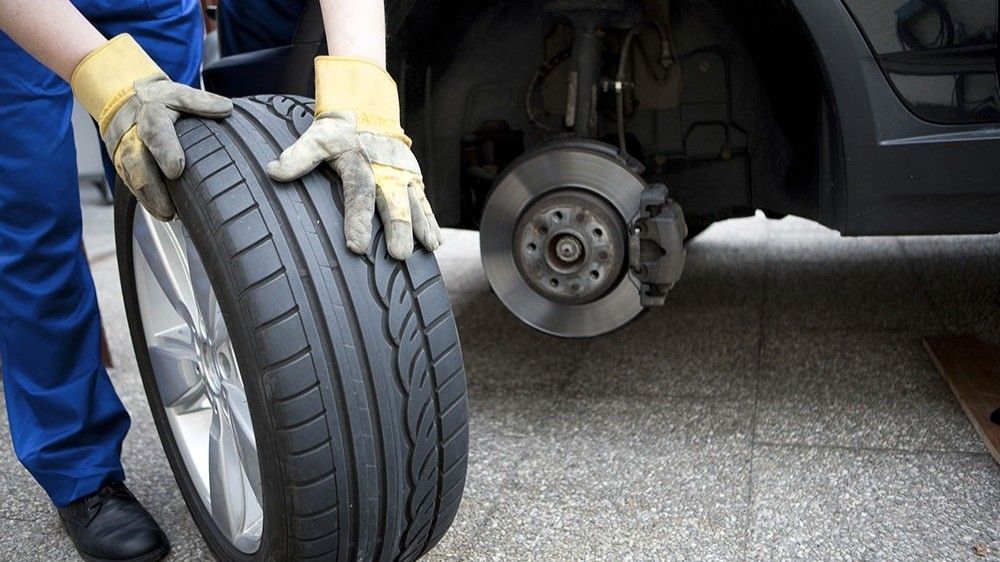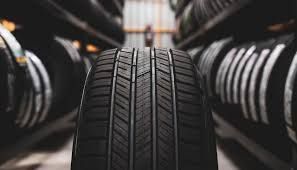5 Reasons Why School Buses Don’t Require Seat Belts

If you ever rode a school bus to school, you remember the safety training. You had to wake early in the morning, get to school early, and the bus driver would deliver a speech about evacuation safety.

During that speech, a conversation of seatbelts was surely had. Here’s the thing: lawfully, seatbelts are not required on school transportation.
There are many reasons why school buses are not required to have seatbelts. They range from safety to structural reasons.
1. Quicker Evacuations
During safety drills in school, the bus driver would explain how seatbelts have the potential of slowing down evacuations.
If an emergency occurred, the idea is to evacuate children from the bus as quickly as possible. That means not spending time trying to undo seatbelts.
Seatbelts may also get stuck, prohibiting a child from evacuating when a situation warrants quick maneuvers.
A bus driver would not be able to help all children get their seatbelt off in a moment of emergency, especially if the children are elementary school-aged.
2. Compartmentalization
School buses are made to keep the passengers safe. It is known as compartmentalization .
This structural technique is meant to protect children through the closely spaced seats and high energy-absorbing seats.
The National Transportation Bus Safety (NTBS) has since confirmed the efficacy of these designs in both frontal and rear collisions. Because of this, compartmentalization keeps children just as safe as seat belts would.
However, some experts say that since compartmentalization is not proven effective in side collisions, seat belts should be a necessary precaution.
3. Improper Use of Seatbelts
According to the National Highway Traffic Safety Administration (NHTSA), there is no guarantee that students will properly utilize seatbelts, especially the younger children.
Studies have shown that the improper use of seatbelts can lead to increased risk of injury or death. There is no conclusive data to prove that seatbelts decrease the fatality risk in school buses, according to the NHTSA.
4. Cost of Installation
The NHTSA also claims that the money used to install seatbelts should be better focused on safety means that are proven effective.
Whereas, the Nation Coalition for Seatbelts on School Buses suggests the cost of seat belt installation on all buses is very little, considering small buses under less than 10,000 pounds are typically required to have seatbelts.
5. Routes and Speed Limit
School buses follow the same route everyday. There are minimal cases where a bus would venture off route. If it does, there are typically additional routes mapped out in preparation for such an event.
School buses also travel at the exact speed limit or even less. Since speed is often a common contribution to the fatality of car accidents, school buses are at an advantage.
Because of this, experts find that school buses are much less likely to be involved in an accident. They stick to their routes, and they abide by the speed limit. If a crash were to occur, the odds of it being fatal are lower.
Have Auto Care Questions? Ask our Experts.
Need to Schedule Your Vehicle Service? Make an Appointment.










